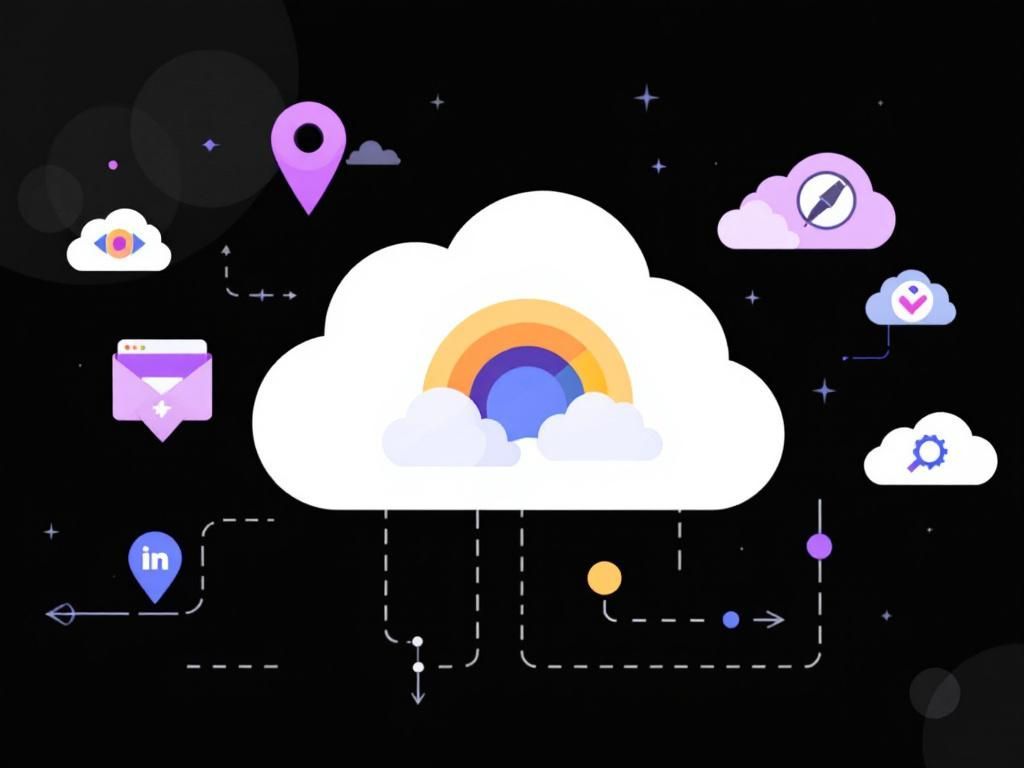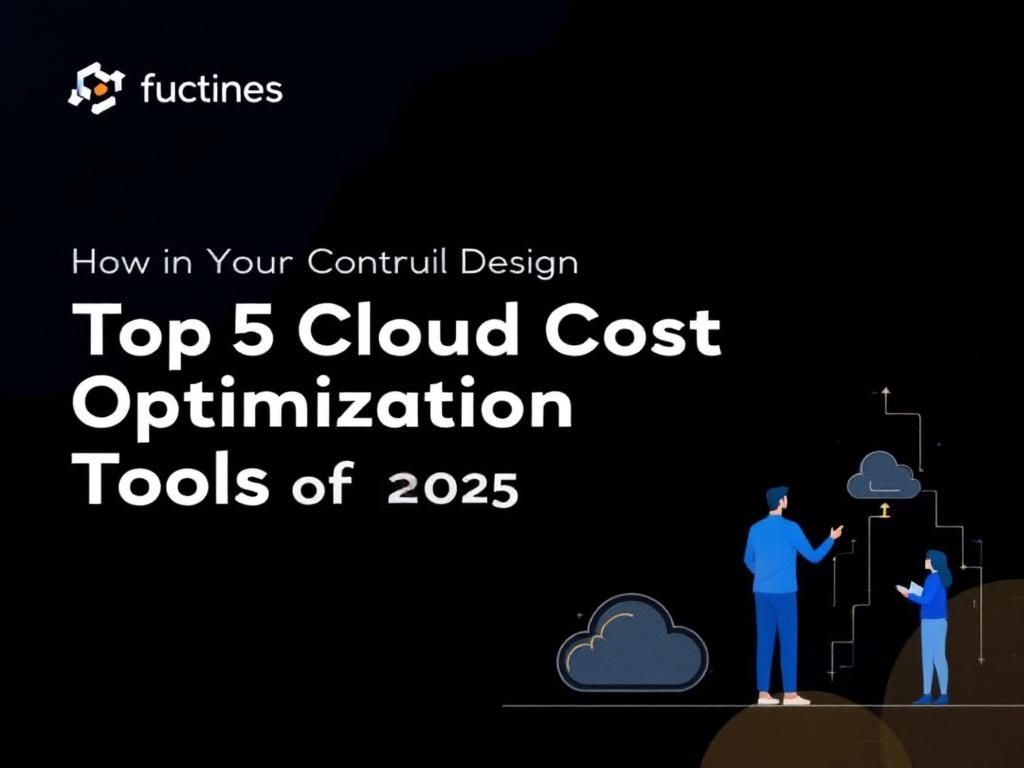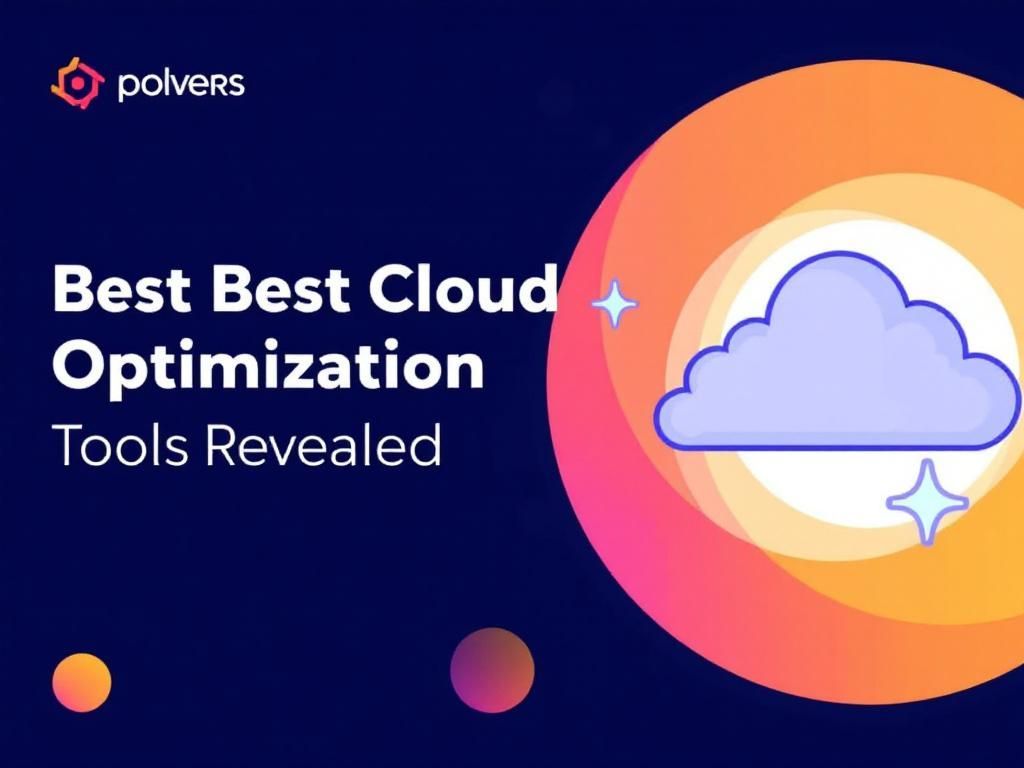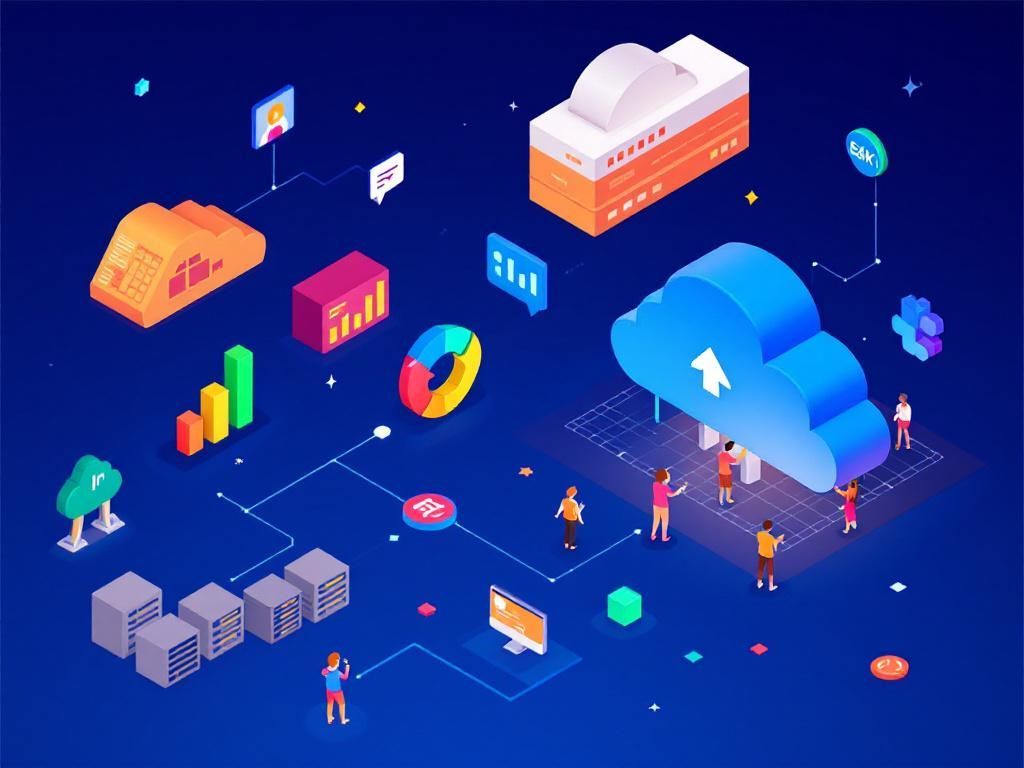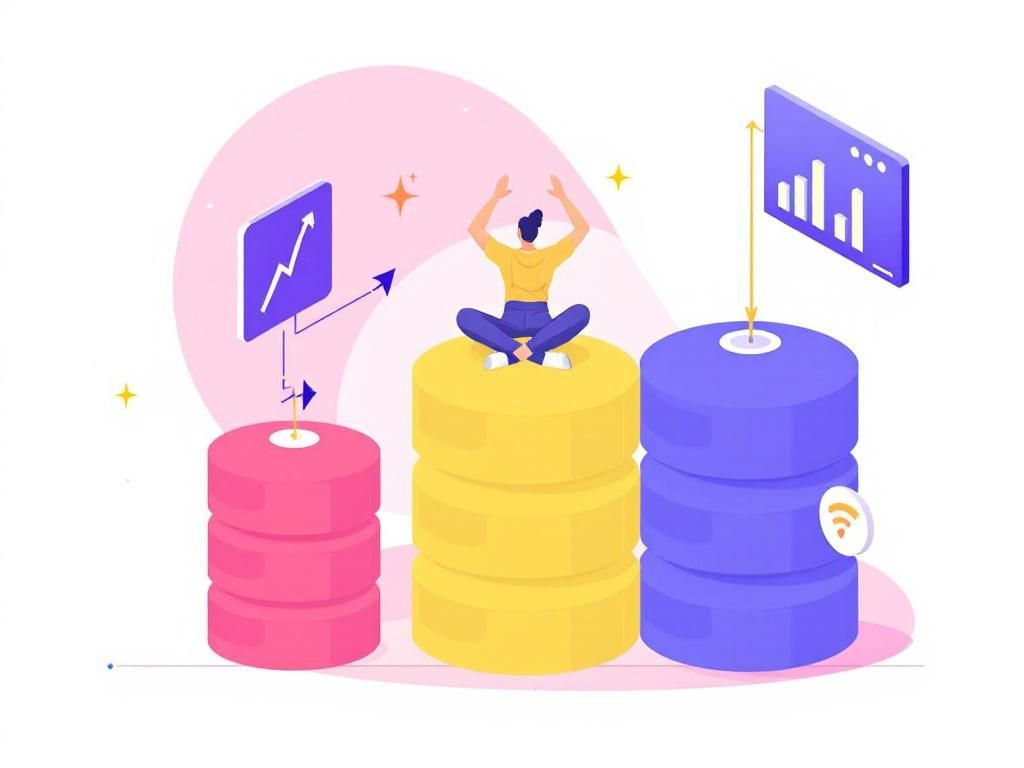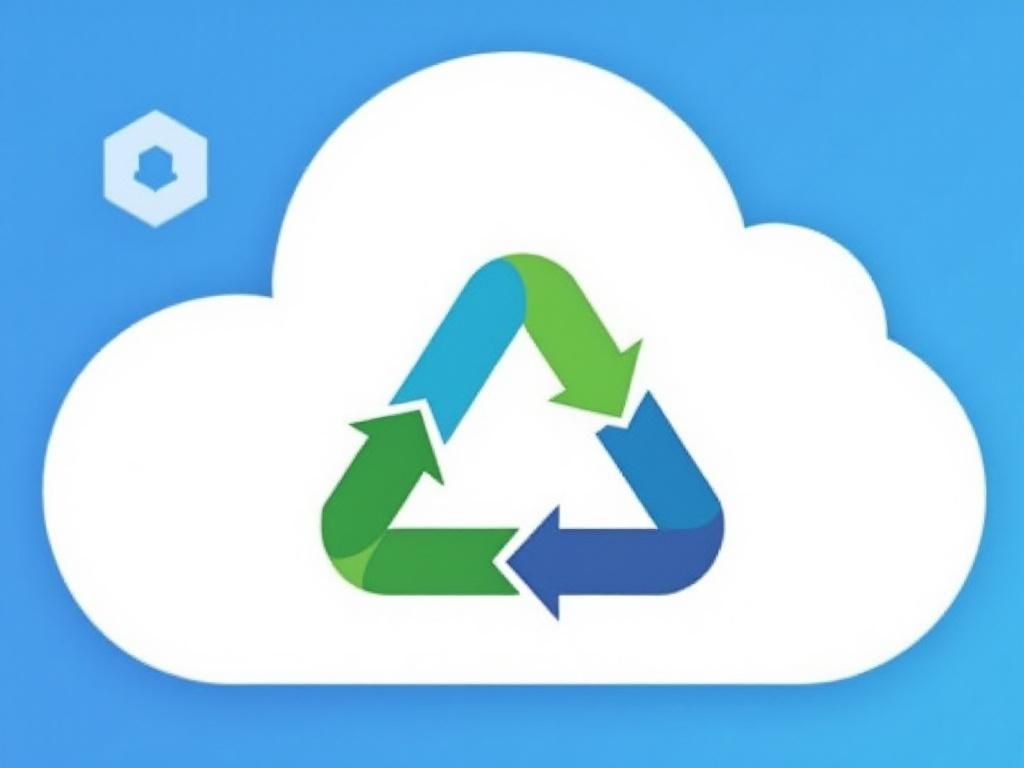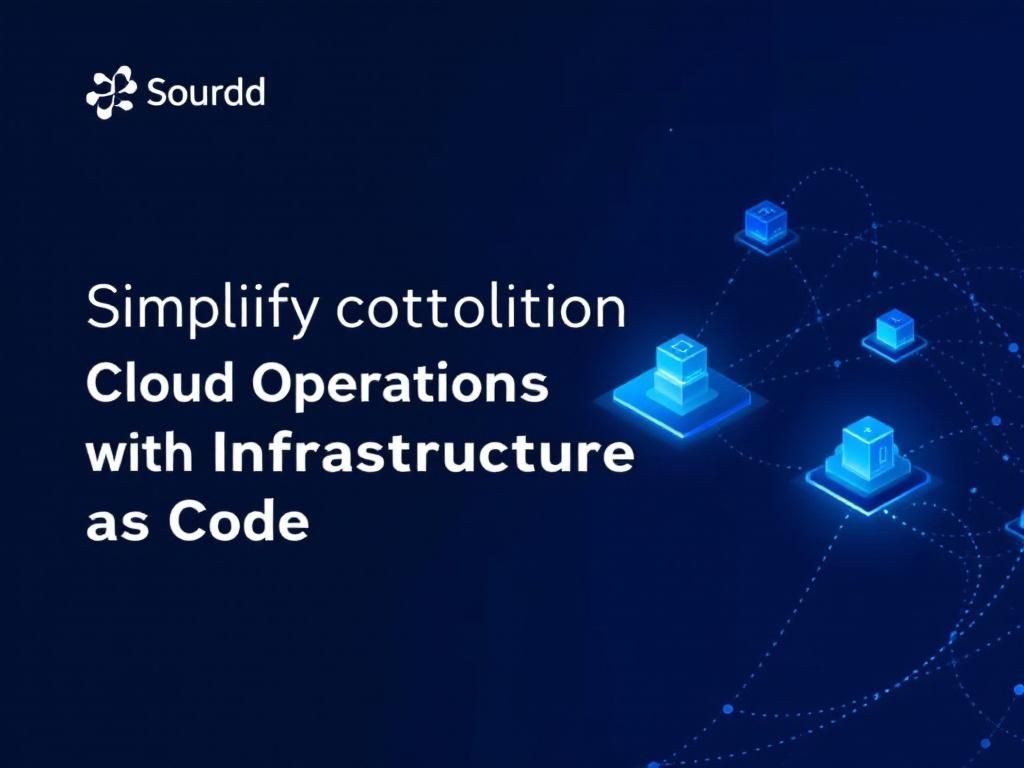2025 Cloud Migration Strategies for Legacy Systems
Explore essential cloud migration strategies for legacy systems in 2025, ensuring a smooth transition and enhanced performance.
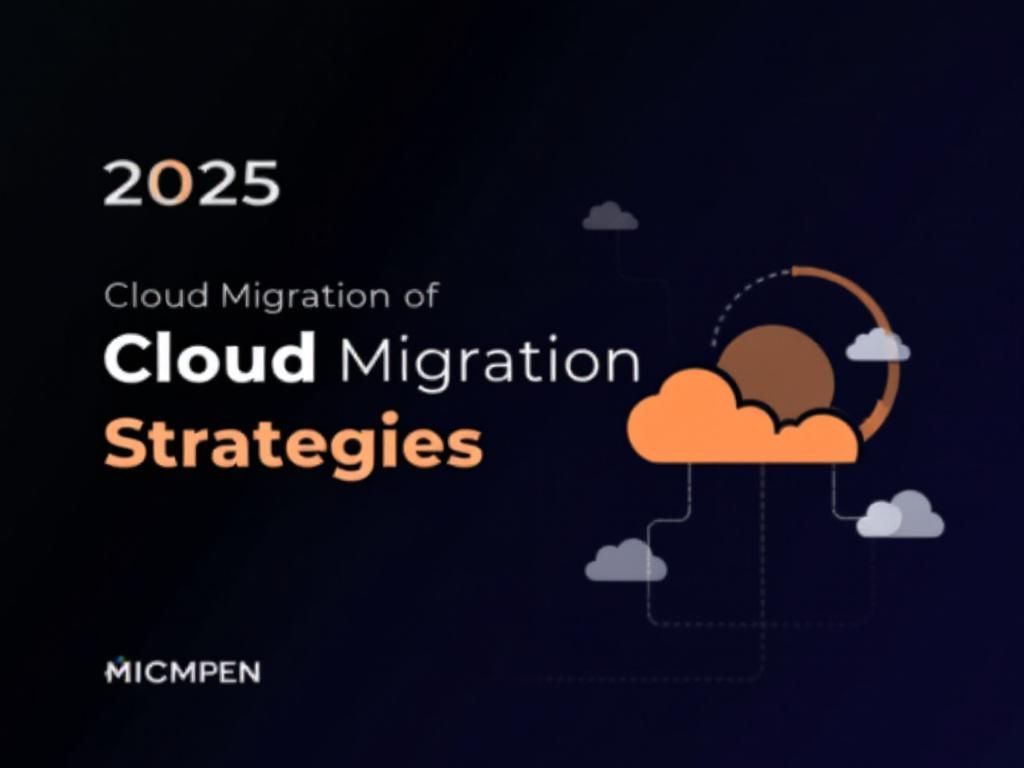
In today’s rapidly evolving technology landscape, organizations are increasingly looking to migrate their legacy systems to the cloud. This shift is driven by the need for improved flexibility, scalability, and cost efficiency. As businesses gear up for 2025, understanding effective cloud migration strategies becomes imperative. This article explores various approaches to facilitate a smooth transition while maximizing the benefits of cloud technology.
Table of Contents
Understanding Legacy Systems
Legacy systems are outdated computing systems that may still be essential to an organization’s operations. These systems can pose significant challenges when it comes to integration with new technologies. Key characteristics of legacy systems include:
- Outdated programming languages and interfaces
- High maintenance costs
- Limited scalability
- Data silos that hinder interoperability
These challenges necessitate a careful evaluation of cloud migration strategies to ensure a successful transition.
Benefits of Cloud Migration
Transitioning from on-premises legacy systems to the cloud offers numerous benefits, including:
- Cost Savings: Reducing capital expenditure on hardware and maintenance.
- Scalability: Easily scaling resources up or down based on demand.
- Accessibility: Accessing applications and data from anywhere, enhancing remote work capabilities.
- Enhanced Security: Leveraging advanced security measures offered by cloud providers.
- Innovation: Enabling faster adoption of modern technologies such as AI and machine learning.
Key Cloud Migration Strategies
There are several strategies to consider when migrating legacy systems to the cloud. The choice of strategy largely depends on the specific needs of the organization, the complexity of the legacy systems, and the desired end results.
1. Rehosting (Lift and Shift)
This strategy involves moving applications to the cloud without making significant changes. It’s often referred to as “lifting and shifting” since it transfers the application as-is.
Pros:
- Quick to implement
- Minimizes disruption to existing operations
Cons:
- May not fully leverage cloud capabilities
- Potentially carries over existing issues
2. Refactoring (Repackaging)
Refactoring entails making changes to the application code to optimize it for the cloud environment. This could involve modifying components to take advantage of cloud services.
Pros:
- Better performance and cost efficiency
- Allows for leveraging cloud-native features
Cons:
- More time-consuming than rehosting
- Requires skilled developers
3. Revamping (Rebuilding)
This strategy involves rebuilding applications entirely in the cloud. It’s suitable for organizations looking to modernize their systems while transitioning to the cloud.
Pros:
- Can leverage the latest technologies
- Improved performance and functionality
Cons:
- Higher initial investment
- Longer implementation time
4. Replacing (Software as a Service)
In some cases, it may be more efficient to replace legacy applications with cloud-based Software as a Service (SaaS) solutions. This is particularly useful for standard business functions.
Pros:
- Quick deployment
- Regular updates and maintenance handled by the vendor
Cons:
- Less customization available
- Ongoing subscription costs
Planning the Migration
A successful migration requires meticulous planning. Below are key steps to consider:
1. Assess Current Systems
Conduct a thorough assessment of your existing legacy systems, including:
- Application usage and dependency
- Performance metrics
- Technical debt and maintenance challenges
2. Define Objectives
Clearly define the objectives of the migration, such as:
- Reducing costs
- Improving system performance
- Enhancing flexibility and scalability
3. Choose the Right Cloud Model
Select a cloud deployment model that fits your organization’s needs:
| Model | Description |
|---|---|
| Public Cloud | Resources are shared across multiple organizations. |
| Private Cloud | Resources are dedicated to a single organization. |
| Hybrid Cloud | Combination of public and private cloud resources. |
4. Develop a Migration Roadmap
Create a detailed roadmap outlining:
- Specific timelines
- Key milestones
- Resource allocation
Monitoring and Optimization Post-Migration
Once the migration is complete, continuous monitoring and optimization are crucial for ensuring that the migrated systems perform effectively. Consider the following:
1. Performance Monitoring
Utilize cloud monitoring tools to track application performance and detect any anomalies. Key metrics to monitor include:
- Response times
- Error rates
- Resource utilization
2. Cost Management
Implement cost management strategies to avoid overspending. This includes:
- Regularly reviewing cloud usage
- Identifying underutilized resources
- Establishing budgets and alerts
3. Continuous Improvement
Continuously assess and improve cloud architecture based on user feedback and changing business needs. This may involve:
- Upgrading infrastructure
- Implementing new software updates
- Integrating additional cloud services
Conclusion
Migrating legacy systems to the cloud is a complex yet rewarding endeavor. By understanding the various migration strategies, planning meticulously, and monitoring post-migration performance, organizations can realize the full potential of cloud technology by 2025. The journey to the cloud may be challenging, but it ultimately paves the way for greater innovation, efficiency, and growth.
FAQ
What are the key benefits of migrating legacy systems to the cloud in 2025?
Migrating legacy systems to the cloud in 2025 offers benefits such as improved scalability, enhanced security, reduced operational costs, and access to advanced technologies like AI and machine learning.
What are the common challenges faced during cloud migration of legacy systems?
Common challenges include data compatibility issues, potential downtime during migration, employee resistance to change, and the need for extensive retraining on new systems.
What strategies can organizations use for successful cloud migration of legacy systems?
Organizations can employ strategies such as phased migration, re-platforming, re-factoring, and using cloud-native tools to ensure a smooth transition of legacy systems to the cloud.
How can businesses ensure data security during the migration of legacy systems to the cloud?
Businesses can ensure data security by implementing encryption, conducting thorough risk assessments, complying with regulations, and utilizing secure cloud service providers with robust security protocols.
What role does employee training play in the cloud migration process for legacy systems?
Employee training is crucial during cloud migration as it helps staff adapt to new technologies, reduces resistance to change, and ensures that employees can effectively utilize the new cloud-based systems.
How can organizations assess the readiness of their legacy systems for cloud migration in 2025?
Organizations can assess the readiness of their legacy systems by evaluating their current infrastructure, identifying critical applications, analyzing data dependencies, and conducting a cost-benefit analysis of migration.

